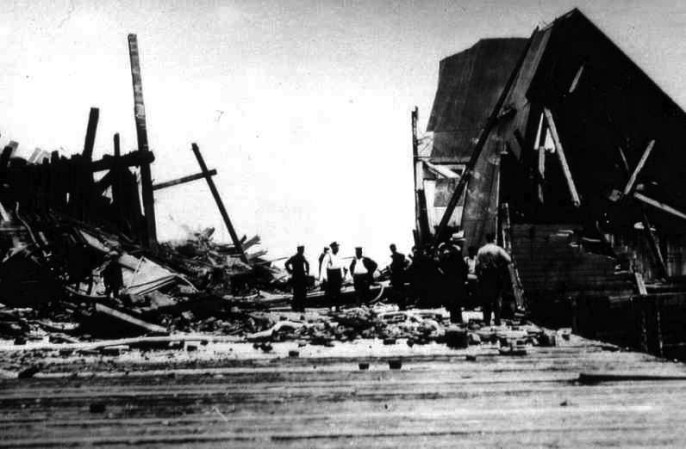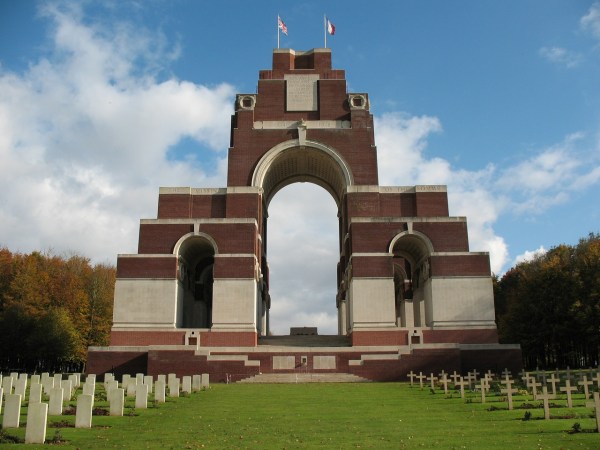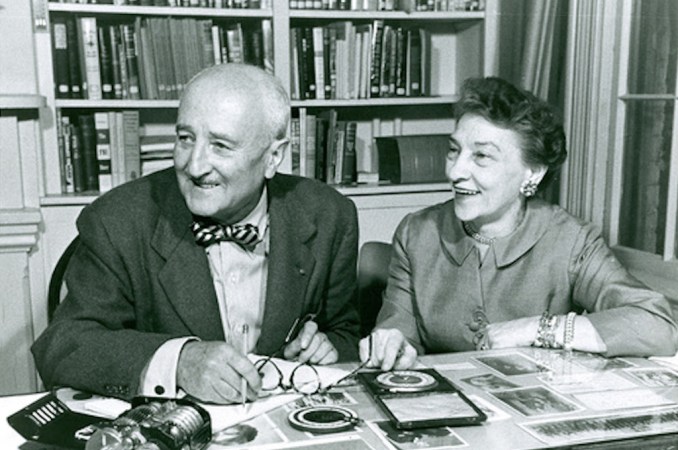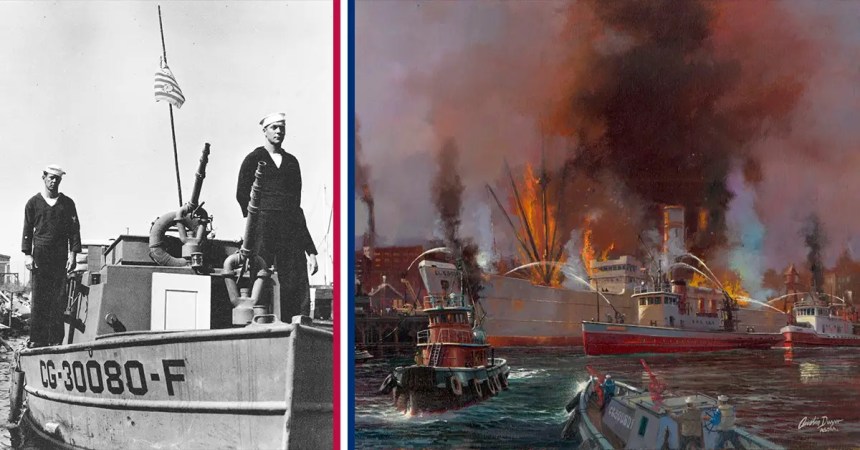More than 100 years ago, European powers were in the middle of World War I and looking everywhere for potential enemies and allies. In 1916, even President Wilson believed it would soon be inevitable for the U.S. to enter the war on the side of England and the Triple Entente. Then, an explosion on July 30, 1916 shattered windows in Times Square, shook the Brooklyn Bridge, and could be heard as far away as Maryland.
But the effect that would have lasting impression was the shrapnel that peppered the nearby Statue of Liberty.

(National Board of Health)
German saboteurs moved to hit a munitions plant in New York City’s Black Tom Island (an artificial island near Liberty Island) that was already making weapons and ammunition bound for Britain and France. They did it in the early morning hours on the poorly lit, poorly defended ammunition depot.

(National Archives)
It was part of a two-year German campaign of sabotage in the United States and shook far away America to its core. The outrage over the previous year’s sinking of the RMS Lusitania and the loss of 120 Americans aboard that ship already began to turn American public opinion against Germany.
The Great War had finally come home in a big way.
This was not the first explosion or “accident” that occurred in munitions plants or on ships bound for Europe. German agents operating out of New York and its port facilities hired German sailors and Irish dock workers to plant bombs and incendiary devices on ships and in plants working on war materials. The number of accidents aboard those ships skyrocketed. But the Black Tom incident was different.
Two million tons of explosives were set off in a single instant. Five people died and it’s fortunate more people weren’t killed, considering the size of the blast. The buildings on the landfill island were smashed and flattened.

(U.S. Army Signal Corps photo)
The shrapnel that exploded in every direction damaged the Statue of Liberty and didn’t just scar her lovely face, it popped the rivets that connect the arm that bears the torch of freedom, forcing the the arm to be forever closed to tourists. For a little while, even the years following the end of World War I, Black Tom was all America could talk about.
That is, until a new Germany rose from the ashes of the Kaiser’s Empire.


























